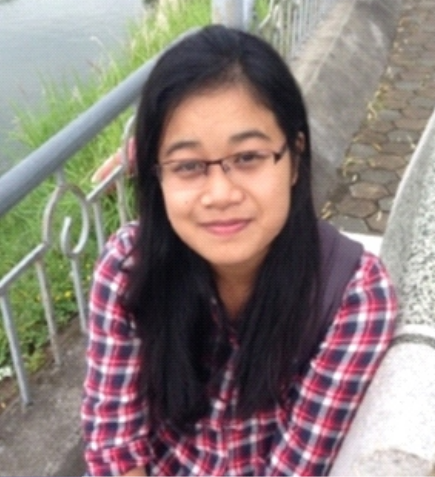
Seminars
May 18, 2020: Ms. Nguyen Thuy Nga (Univ. Toulouse, France), Automatic detection and classification of a skin cancer lesion by machine learning: From research result to a startup company
Skin cancer is the most common cancer with two to three millions new cases
per year worldwide, according to WHO. Skin Cancer Foundation Statistics
stated that one in every five persons will get skin cancer in their
lifetime in the US. More than 2 people die of skin cancer in the U.S every
hour (see more fact in Skin cancer facts
Speaker: Ms. Nguyen Thuy Nga, Univ. Toulouse
Time: 15:30, Monday, May 18, 2020
Venue: Webinar – Microsoft Teams

Nguyen Thuy Nga graduated from the Hanoi National University of Education (Hanoi, Vietnam) in 2014. Then she worked at the Institute of Mathematics, Vietnam Academy of Science and Technology (VAST) as a junior researcher from 2014-2017. In 2017, she got a Master degree in Applied Mathematics at Paul Sabatier University. She is now a third-year PhD student at LAAS-CNRS, in SARA team, in Toulouse, France. Her PhD research is funded by Continental Digital Services in France (CDSF). She is a co-founder of Torus Actions Company. At Torus, she is the team leader of SkinCancerAI project. Her main research concentrates on Stochastic Modeling, Reinforcement Learning and Convex Optimization for scheduling for moving-user systems. She also interested in Machine Learning for Computer Vision.
